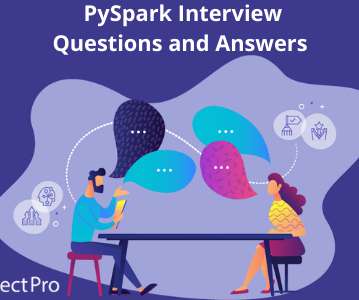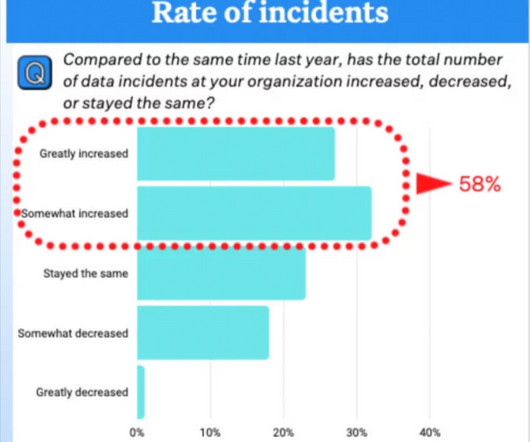50 PySpark Interview Questions and Answers For 2023
ProjectPro
NOVEMBER 22, 2021
The StructType and StructField classes in PySpark are used to define the schema to the DataFrame and create complex columns such as nested struct, array, and map columns. StructType is a collection of StructField objects that determines column name, column data type, field nullability, and metadata. appName('ProjectPro').getOrCreate()












Let's personalize your content